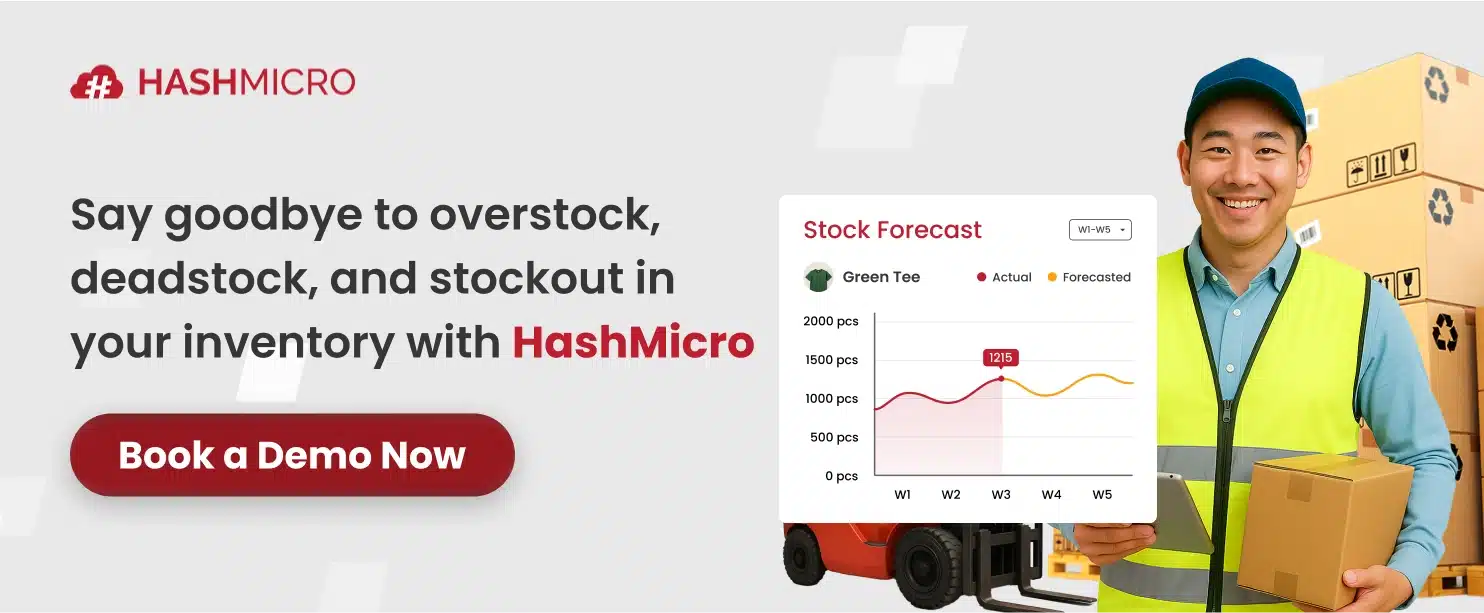Inventory slowdowns are exasperating yet very common. There’s hardly a single retailer or wholesaler in the world that has never dealt with these circumstances. Sometimes, your products just don’t sell as well as you expected, and it is not always clear why. However, if you give up on taking a look at the issues, your business could end up with heavy losses. In order to keep your business moving forward, it is important to pay attention to your inventory turnover.
Although it is not an exact science, there are some effective ways you can do to alter it for the betterment of your sales strategy. one of the best ways to optimize your company’s inventory can be using an inventory software. Before getting into the tips, let’s find out more about what inventory turnover really is!
Table of Content:
Table of Content
What is Inventory Turnover?
Inventory turnover is a measure of the number of times the inventory is sold or replaced in a certain period of time. The inventory turnover ratio shows how effectively the inventory is managed by comparing the cost of goods sold (COGS) with the average inventory during a particular time period, typically a year.
Why Does Inventory Turnover Matter?
Because when you compile average inventory for a year, you will get a clearer picture of your business’s financial position. This will then enable you to make smarter business decisions and accelerate your sales. Thus inventory turnover is very important in giving you a better understanding of the financial position of your business.
What is the Formula of Inventory Turnover?
In general, there are two ways to calculate inventory turnover, depending on your respective business model:
1. Sales divided by inventory
the amount of sales you have will be divided by the amount of inventory that you have the results can show you the amount of inventory turnover according to the sales you have compared to the total inventory you hold originally.
2. Cost of goods sold divided by average inventory
The first method is commonly used from the perspective of external comparative analysis. It may be distorted by the value of fluctuating sales value throughout the year. For example, you might hold a large amount of inventory at the beginning of the year and sell your items in the following months so that there will be very little inventory by the end of the year. In order to find the average inventory you have, you must add the beginning inventory to the ending inventory, and then divide the result by two.
The second method is considered more reasonable and preferable, because it uses the real cost of goods and also equalizes potential seasonal fluctuations. Keep in mind that each type of business has a different inventory turnover ratio. For example, inventory turnover ratios of food retailers are considerably higher than that of companies selling luxury cars.
How to Optimize Inventory Turnover
Now that you know why you need to measure inventory turnover (and how to do it), let’s start implementing these simple tips to optimize it!
1. Improve Your Demand Forecasting Accuracy
In order to improve your inventory turnover, you must be able to accurately forecast the demand for your product. This can be realized by keeping up with trends, observing market changes, and utilizing sales data from the previous year, as well as the use of systems such as a warehouse management system that will forecast demand automatically following the data that your company inputs.
2. Find Out Ways to Move Inventory Faster
If your inventory moves slowly, it may be time to fix up your sales efforts! There are no one-size-fits-all solutions on how to sell faster. Thus, the best thing to do is to try various strategies and see which works best for your business.
Here are a few ideas you can consider:
- Implement suggestive selling
- Train your staff to up-sell and cross-sell
- Know the keys to the successful selling of other businesses and apply them to your business
- Identify your sales bottlenecks and involve your team to find solutions
- Create personalized promotion and loyalty programs based on customer preferences and behavior. You can use the membership management software to provide the best experience for loyal customers.
- Enhance customer retention through excellent customer experience
3. Identify Your Inventory Age to Reduce Obsolete Stock
Knowing the exact age of your inventory can help you liquidate the excess stock which often leads to significant losses for retailers and wholesalers. Accurate stock aging reporting can help you figure out how fast your inventory moves.
Cloud-based inventory systems provide real-time tracking, making it easier to monitor stock age and turnover. This will make it easier for you to focus on how to turn your slow-moving items over into cash.
With inventory management software, you can record and figure out the shelf life of your items, monitor the movement of your inventory, and keep up with your inventory turnover ratio more easily.
4. Review and Correct Your Pricing Strategies
Evaluate your pricing strategies and analyze what will lead to an overall increase in sales value. Determining prices is not as simple as it seems. Lowering prices across the board does not necessarily increase your sales volume.
Therefore, you need to try various pricing methods; premium, bargain, seasonal, flash sales, providing different prices to different customers, including bonuses or adding value, and using the power of 9 price endings (also called as psychological pricing or charm pricing).
5. Organize Your Product Categories
It is also crucial to review how you categorize your items in your store. Your customers may be struggling to find the items they are looking for due to confusing product categories. This is essential especially for online retailers because customers would find it difficult to find the right products without the ease of navigation.
Therefore, makes shopping easier for customers by providing complete and organized product categories. For example, if you sell women’s clothing, you should divide it into several categories such as party gowns, office attire, summer dresses, casual outfits, and many more. Then, allow your customers to filter product searches by color, size, sleeve type, length, motif, and so on.
Conclusion
An inventory system, as well as a warehouse management system, can help you generate accurate demand forecasts through complete analytics reports and automated forecasting tools. HashMicro’s warehouse management system enhances this process by optimizing stock management, improving accuracy, and ensuring seamless integration with your sales management system. A good Inventory system like that of HashMicro allows you to integrate a inventory management software with a sales management system so that you will be able to come up with more complete estimates. Complete the form for the application and Get free demo now!






















































